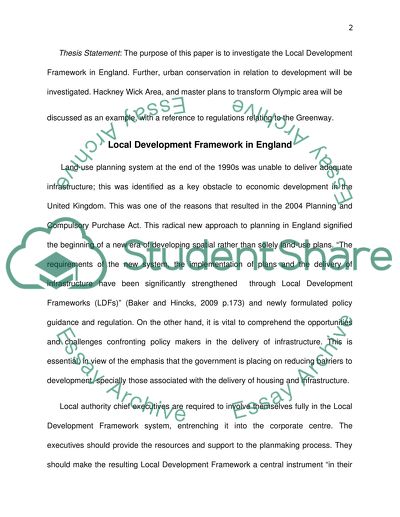Cite this document
(“Local Development Framework in England Essay Example | Topics and Well Written Essays - 2750 words”, n.d.)
Retrieved from https://studentshare.org/architecture/1395143-local-development-framework-in-england
Retrieved from https://studentshare.org/architecture/1395143-local-development-framework-in-england
(Local Development Framework in England Essay Example | Topics and Well Written Essays - 2750 Words)
https://studentshare.org/architecture/1395143-local-development-framework-in-england.
https://studentshare.org/architecture/1395143-local-development-framework-in-england.
“Local Development Framework in England Essay Example | Topics and Well Written Essays - 2750 Words”, n.d. https://studentshare.org/architecture/1395143-local-development-framework-in-england.


